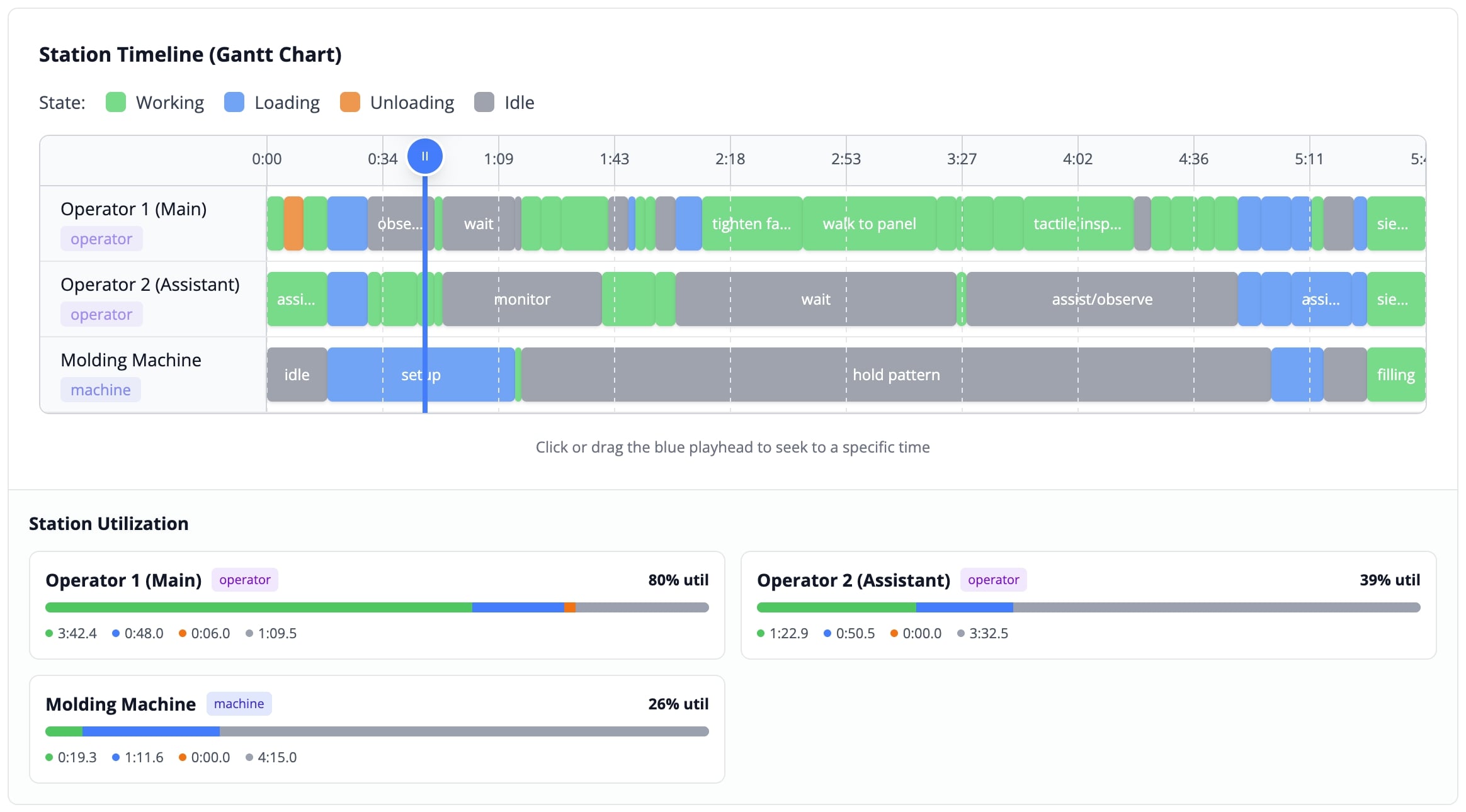
When KPIs Go Wrong: Goodhart's Law for Industrial Engineers
KPIs that boil down to “just do it faster” create rework, hidden factories, and fake wins on dashboards. But there is a better way that can help align everyone from operator to supervisor with what the factory actually needs.





